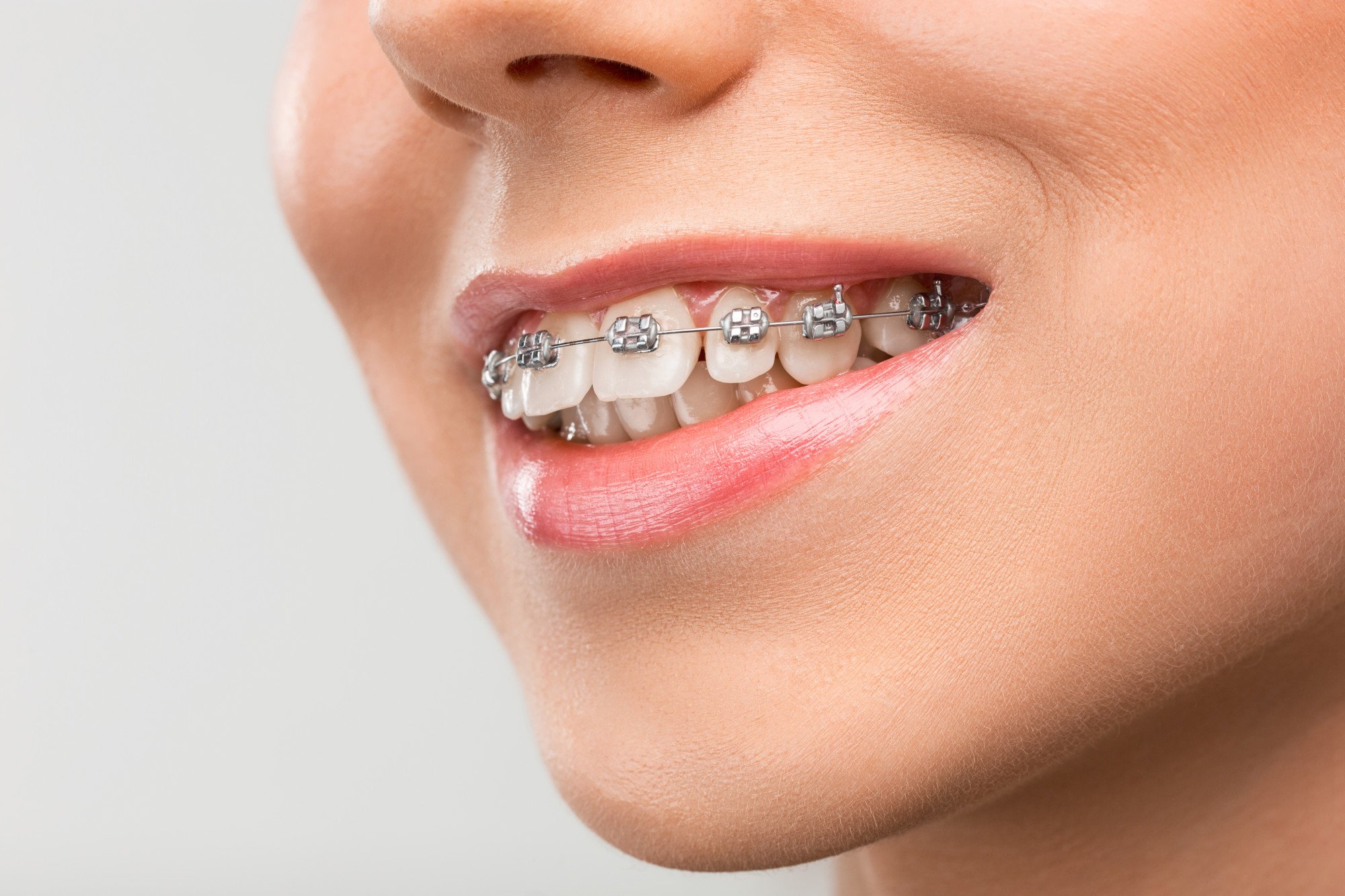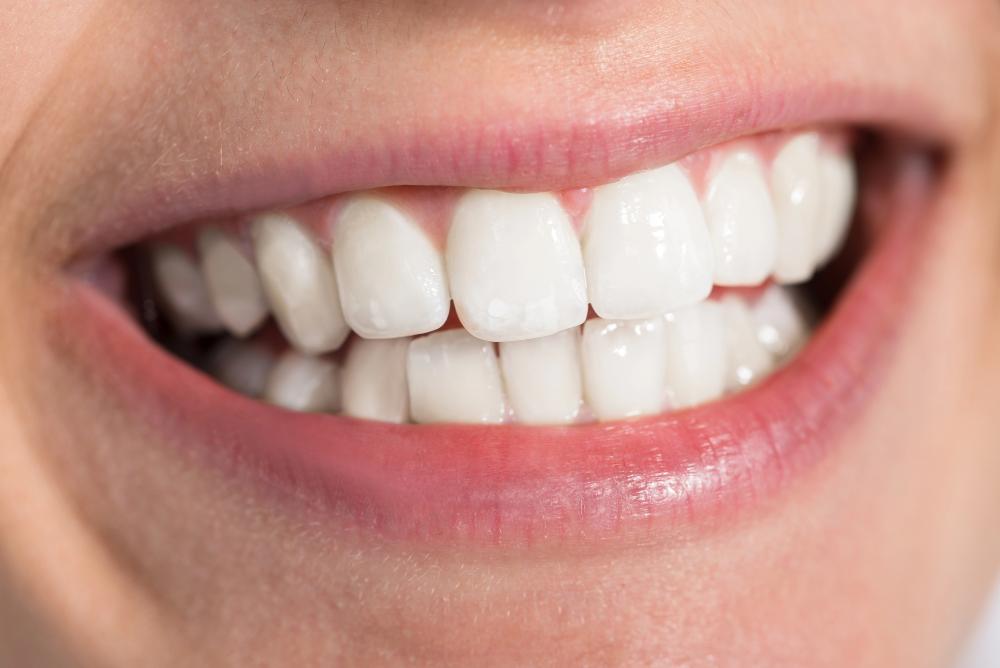Crooked teeth are a common concern, and while traditional braces have been the standard treatment, Invisalign provides a modern, discreet alternative.
If you're considering Invisalign to straighten your teeth, you may wonder if it's effective for crooked teeth.
In this article, we'll explore how Invisalign works, its benefits, and whether it’s the right choice for you.
Can Invisalign fix crooked teeth?
Invisalign is great for fixing crooked teeth. The aligners gradually shift your teeth into place, offering a discreet and comfortable solution for a perfect smile.
Key Takeaways
- Invisalign can be an effective treatment for mildly to moderately crooked teeth.
- The treatment uses clear, custom-made aligners to gradually move teeth into a more aligned position.
- It may not be suitable for severe cases of crooked teeth, depending on the specific alignment issues.
Understanding Invisalign Treatment

Invisalign is an orthodontic treatment that uses clear, removable aligners to straighten crooked teeth.
The aligners are custom-made to fit your teeth and gradually move them into a more natural position.
Unlike traditional metal braces, Invisalign aligners are nearly invisible, making them a popular choice for adults and teens who want to improve their smile without the visible appearance of braces.
How Invisalign Works
Invisalign aligners are made of smooth, BPA-free plastic and are designed to fit snugly over your teeth.
They apply gentle pressure to move the teeth into a better position. The aligners are worn for about 20-22 hours per day and are replaced with a new set of aligners every two weeks.
Each set of aligners brings your teeth closer to the desired alignment, ultimately straightening them over time.
Crooked teeth are a common concern for many people, and while traditional braces have been the go-to solution for years, Invisalign offers a modern, discreet alternative.
If you're considering Invisalign to straighten your teeth, you may be wondering if it's effective for fixing crooked teeth.
Can Invisalign fix Crooked Teeth? A Detailed Overview
Invisalign is often an effective solution for correcting crooked teeth, especially for mild to moderate cases. Here's how it works for different degrees of crookedness:
Mild to Moderate Crooked Teeth
If your crooked teeth are only slightly misaligned, Invisalign is an excellent option for straightening them.
The aligners can gently shift the teeth into a more natural position, correcting the misaligned teeth over time.
For most patients, Invisalign can straighten their crooked teeth without the need for additional procedures.
Severe Crooked Teeth
In cases where lower teeth are severely crooked, Invisalign may still work, but treatment might take longer or require additional steps.
If the misalignment is significant, your dentist may suggest using traditional braces or a combination of both Invisalign and braces to achieve the best result.
Severe cases might involve more complex movements that Invisalign aligners alone may not be able to address efficiently.
Benefits of Invisalign for Crooked Teeth
Invisalign offers several benefits that make it an attractive alternative to traditional braces, especially for people with crooked teeth.
Here are some of the top advantages of choosing Invisalign:
Aesthetically Discreet
Invisalign aligners are clear, making them less noticeable than traditional metal braces.
This is particularly appealing for adults and professionals who want to straighten their teeth without drawing attention to their orthodontic treatment.
Comfortable
Invisalign aligners are made from smooth plastic, so they are typically more comfortable than metal braces.
They don’t have sharp edges or wires that can irritate the inside of your mouth, and they don’t require frequent adjustments as braces do.
Removable for Easy Oral Hygiene
Unlike traditional braces, Invisalign aligners are removable, which means you can take them out to eat, drink, brush, and floss.
This makes it much easier to maintain good oral hygiene throughout the treatment, reducing the risk of cavities or gum disease.
Effective for Minor Adjustments
For many patients with mild to moderate crooked teeth, Invisalign is highly effective in achieving a straighter smile.
The clear aligners apply gentle pressure to the teeth, gradually moving them into their desired positions.
How Long Does Invisalign Take to Fix Crooked Teeth?
The length of Invisalign treatment varies depending on the severity of the misalignment.
For mild to moderate cases of crooked teeth, Invisalign typically takes anywhere from 6 months to 18 months to straighten the teeth.
However, treatment times can vary based on the following factors:
The Severity of the Misalignment
For mild cases, Invisalign treatment can be completed relatively quickly, often within a year or less.
For more severe cases, treatment may take longer as the aligners will need to make more complex adjustments.
Patient Compliance
Invisalign aligners need to be worn for about 20-22 hours each day for the treatment to be effective.
If you don’t wear them consistently or follow your orthodontist’s instructions, your treatment may take longer to complete.
How Well the Teeth Respond
Every person’s teeth respond to treatment differently. Some patients may see faster results than others, depending on how their teeth move and the nature of the misalignment.
What Happens If Invisalign Can’t Fix Crooked Teeth?
While Invisalign can fix it and it is effective for most cases of crooked teeth, there are situations where it might not be the best option.
Here’s what you can do if Invisalign isn’t enough to fix your crooked teeth:
Traditional Braces

If your crooked teeth require more significant movement, traditional braces might be necessary.
Braces can move teeth more effectively than aligners, especially in cases that involve more severe malocclusion.
Combination Treatment
In some cases, a combination of Invisalign and other orthodontic treatments, such as braces or retainers, may be recommended to achieve the best results.
Your orthodontist will work with you to create a treatment plan that’s right for your needs.
Maintaining Your Invisalign Treatment for Crooked Teeth
Once you begin your Invisalign treatment, it’s important to stay committed to the process to ensure your teeth are moved into their proper positions.
Here are some tips to help you maintain your Invisalign treatment:
Wear Your Aligners as Directed
To get the best results, you must wear your Invisalign aligners for the recommended 20-22 hours a day.
Only remove them when eating, drinking, brushing, or flossing. Skipping hours of wear can delay the treatment process.
Follow-Up Appointments
Attend all your scheduled appointments with your orthodontist to track the progress of your treatment.
During these visits, your orthodontist will ensure that your aligners are moving your teeth properly and make any necessary adjustments to your treatment plan.
Use Retainers After Treatment
Once your treatment is complete, your orthodontist may recommend wearing a retainer to maintain the results.
Retainers help keep your upper teeth in their new positions and prevent them from shifting back to their original alignment.
Frequently Asked Questions
1. Can Invisalign fix all types of crooked teeth?
Invisalign is effective for most mild to moderate cases of crooked teeth. Severe cases may require traditional braces or a combination of both treatments.
2. How long does it take to see results with Invisalign?
The length of treatment varies, but most people see results within 6 to 18 months, depending on the severity of the crookedness and their commitment to wearing the aligners.
3. Do I need to wear my aligners all the time?
Yes, for Invisalign to work effectively, you should wear the aligners for 20-22 hours per day. Only remove them to eat, drink, brush, and floss.
Conclusion
Invisalign is an excellent option for many people with crooked teeth, offering a discreet, comfortable, and effective way to straighten teeth.
While it’s most suitable for mild to moderate cases, even more complex cases may be addressed with additional treatment options.
If you’re considering Invisalign, it’s important to consult with your orthodontist to determine if it’s the right choice for your dental needs.
With proper care, patience, and commitment to the treatment plan, you can achieve a beautiful smile, straight teeth with Invisalign.
%202.svg)



